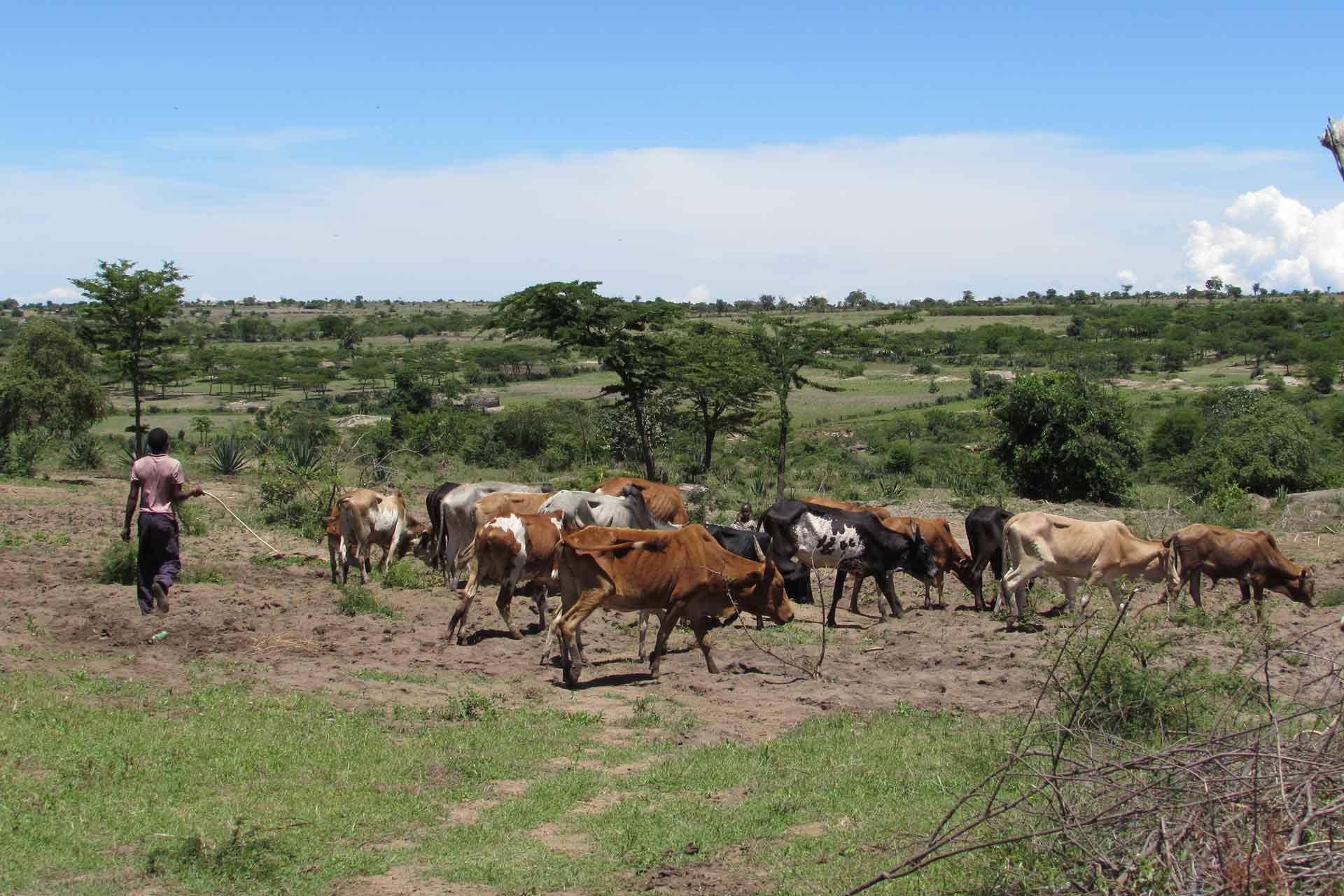Estimating the protection afforded by foot-and-mouth disease vaccines in the laboratory
Foot-and-mouth disease (FMD) vaccines must be carefully selected and their application closely monitored to optimise their effectiveness. This review covers serological techniques for FMD vaccine quality control, including potency testing, vaccine matching and post-vaccination monitoring. It also discusses alternative laboratory procedures, such as antigen quantification and nucleotide sequencing, and briefly compares the approaches for FMD with those for measuring protection against influenza virus, where humoral immunity is also important. Serology is widely used to predict the protection afforded by vaccines and has great practical utility but also limitations. Animals differ in their responses to vaccines and in the protective mechanisms that they develop. Antibodies have a variety of properties and tests differ in what they measure. Antibody-virus interactions may vary between virus serotypes and strains and protection may be affected by the vaccination regime and the nature and timing of field virus challenge. Finally, tests employing biological reagents are difficult to standardise, whilst cross-protection data needed for test calibration and validation are scarce. All of this is difficult to reconcile with the desire for simple and universal criteria and thresholds for evaluating vaccines and vaccination responses and means that oversimplification of test procedures and their interpretation can lead to poor predictions. A holistic approach is therefore recommended, considering multiple sources of field, experimental and laboratory data. New antibody avidity and isotype tests seem promising alternatives to evaluate cross-protective, post-vaccination serological responses, taking account of vaccine potency as well as match. After choosing appropriate serological tests or test combinations and cut-offs, results should be interpreted cautiously and in context. Since opportunities for experimental challenge studies of cross-protection are limited and the approaches incompletely reflect real life, more field studies are needed to quantify cross-protection and its correlation to in vitro measurements.

